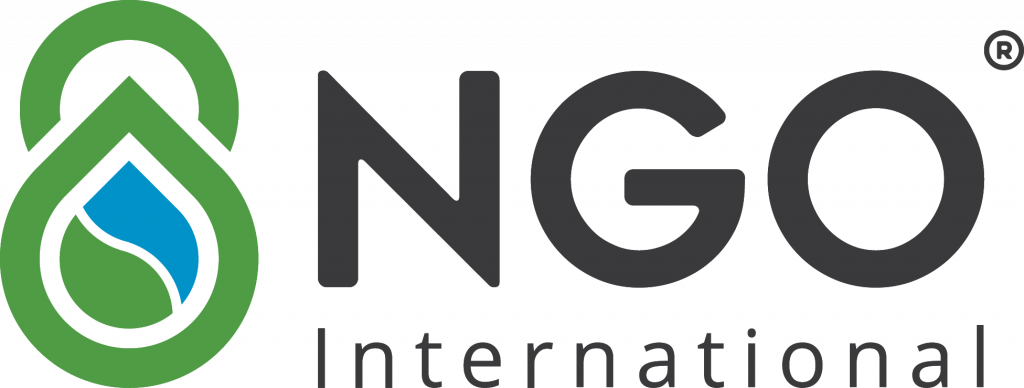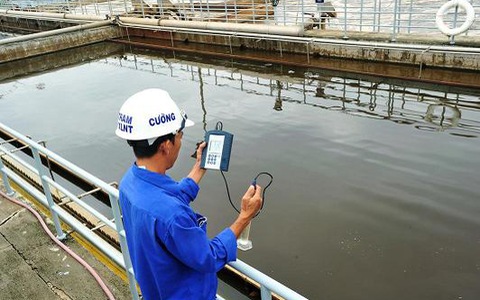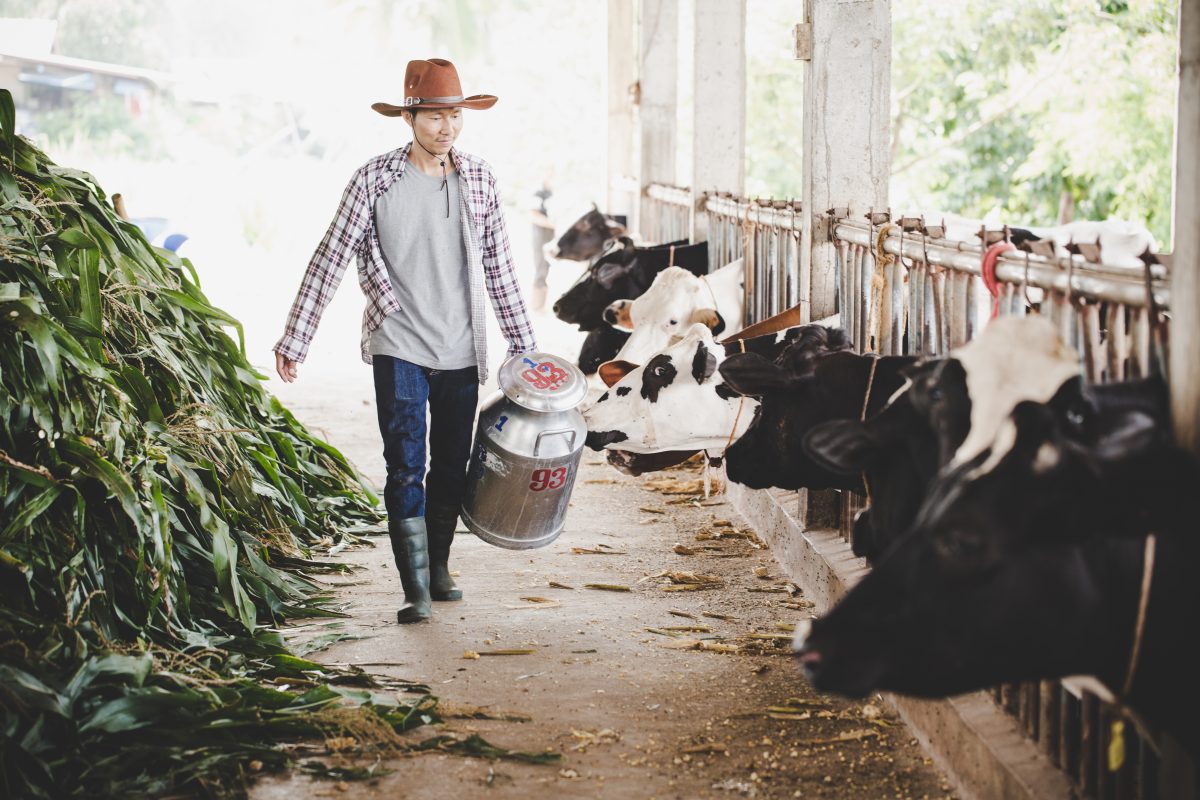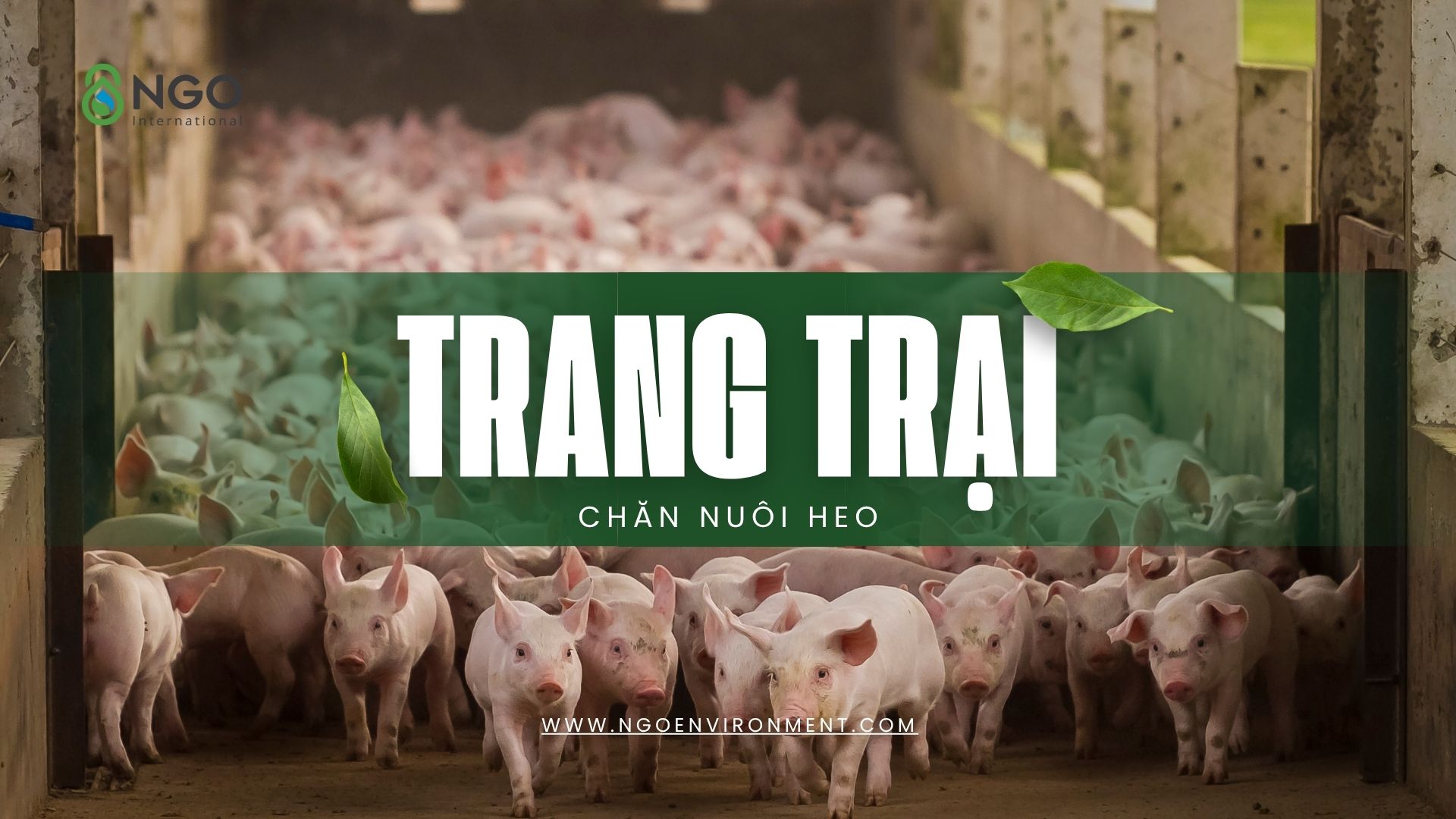
The pig farming industry in Vietnam is undergoing strong transformations, abandoning small-scale, fragmented farming methods for industrialized, large-scale centralized models. This change aims not only to meet the growing market demand but also to improve productivity, control disease, and optimize profits.
However, accompanying development is a massive environmental challenge. The more modern and centralized the farming models, the more urgent the waste treatment issue becomes. Let NGO analyze deeper into the trending models and find sustainable answers to the accompanying environmental problem.
I. Large-scale pig farming models in Vietnam
Two prominent industrial pig farming models suitable for development orientation in Vietnam include:
1. “Pig Apartment” Model (High-rise Farming) – The Future of Centralized Farming
This is the most breakthrough model, highly appreciated by the Ministry of Agriculture and Rural Development, and being proposed by pioneer large enterprises, promising to completely change the face of the livestock industry.
-
Context and Implementation Momentum:
This proposal stems from lessons learned from China. Facing pressure to ensure pork supply for 1.41 billion people after heavy losses from African Swine Fever, China strongly implemented the “pig apartment” model. Results were impressive: since 2018, over 2,000 models with nearly 4,500 high-rise buildings have gone into operation, demonstrating its efficiency and feasibility. In Vietnam, large enterprises like BAF (cooperating with Muyuan Group) and Xuan Thien Thanh Hoa have officially submitted projects, showing this is a trend with a solid practical basis. -
Superior advantages thanks to high-tech integration:
According to the Ministry’s assessment, the power of this model lies in integrating a series of Industry 4.0 technologies:-
Automation & Smart Farming: The entire process is automated, monitored by sensors, and Artificial Intelligence (AI) analyzes images and sounds of individual pigs in real-time. This helps in early disease warning, growth estimation, and sales process optimization.
-
Land and Labor Saving: Land use efficiency can increase up to 4.3 times compared to traditional farming. Simultaneously, one worker can manage up to 2,000 pigs, solving labor cost and management efficiency problems.
-
-
Advanced Biosecurity and Environmental Control:
The model is designed with a multi-layer biosecurity system. Specifically, the air environment is strictly controlled through a four-layer filtration system, capable of removing over 95% of odors and harmful bacteria. This is a key factor in remotely preventing dangerous diseases like ASF, PRRS… -
Environmental challenges at massive scale:
Although integrated with smart waste treatment systems, the nature of this model is centralization at extremely high density. The entire volume of wastewater and manure from tens of thousands of pigs will concentrate at a single point. This places huge pressure on the treatment system. Any error or overload incident can lead to serious environmental consequences, requiring a final treatment technology that is extremely powerful, stable, and reliable.
2. Closed chain farming model (3F Model: Feed – Farm – Food)
This is a common industrial model proved effective by “giants” in the Vietnamese livestock industry.
- Nature & Advantages: Enterprises autonomously control the entire value chain: from the feed manufacturing plant (Feed), to the farm system (Farm), and finally the food processing plant (Food). This model helps absolutely control input-output quality, trace product origin, and build brands sustainably.
- “Hidden” Challenges:
- The truth about Biogas digesters: Most 3F farms build Biogas digesters to treat waste. Biogas does a good job of reducing odors and converting part of organic matter into fuel gas. However, this is only a preliminary treatment step.
- Post-Biogas wastewater remains heavily polluted: Wastewater leaving the Biogas digester still contains concentrations of Ammonium (NH4+), Nitrogen, Phosphorus many times higher than permissible limits. If this water source is not treated at a higher level, it will never meet QCVN 62-MT:2016/BTNMT and illegal discharge will cause serious pollution to surface water and groundwater.
II. Common bottlenecks and solutions from NGO experts
Whether high-rise “apartments” or closed 3F chains, both advanced models lead to a critical bottleneck: wastewater treatment. Traditional methods like Biogas are no longer sufficient to thoroughly solve this problem, especially as environmental regulations tighten.
Understanding that knot, NGO has brought a wastewater treatment solution applying modern microbial technology, designed specifically for industrial pig farming models.
NGO’s solution directly addresses existing problems:
-
Thoroughly treating Ammonium, Nitrogen & Phosphorus – factors that Biogas digesters leave unresolved.
-
Lean system, saving construction area, especially suitable for “apartment” models or farms wanting to reserve land for expansion.
-
Can eliminate Biogas digesters, helping reduce initial investment costs and eliminating Methane (CH4) emissions causing the greenhouse effect.
-
Commitment to output water meeting Standard A (QCVN 62-MT:2016/BTNMT), allowing enterprises to reuse water for watering plants, cleaning barns, aiming for a circular economy.
The application of a modern, effective wastewater treatment technology not only helps businesses comply with the law but is also a strategic investment step for sustainable development and building a “green brand” image.
▶️ To learn deeper about our detailed technology and livestock wastewater treatment process, please read the article: https://ngoenvironment.com/en/types-of-wastewater-tec34-wastewater-treatment-solution-for-pig-farm-d125.html
Enterprises interested in Livestock Wastewater Treatment Solutions, please contact NGO via Hotline 024.7300.0890 or email office@8ngo.com for direct consultation.

***Please read the requirements regarding Terms of Use – Copyright carefully before copying or quoting content and images from the website.
This website is the copyright of NGO International Co., Ltd. (NGO International). Any form of use or reproduction of part or all of the content in any form is strictly prohibited, unless with clear written permission from Us.

 Tiếng Việt
Tiếng Việt